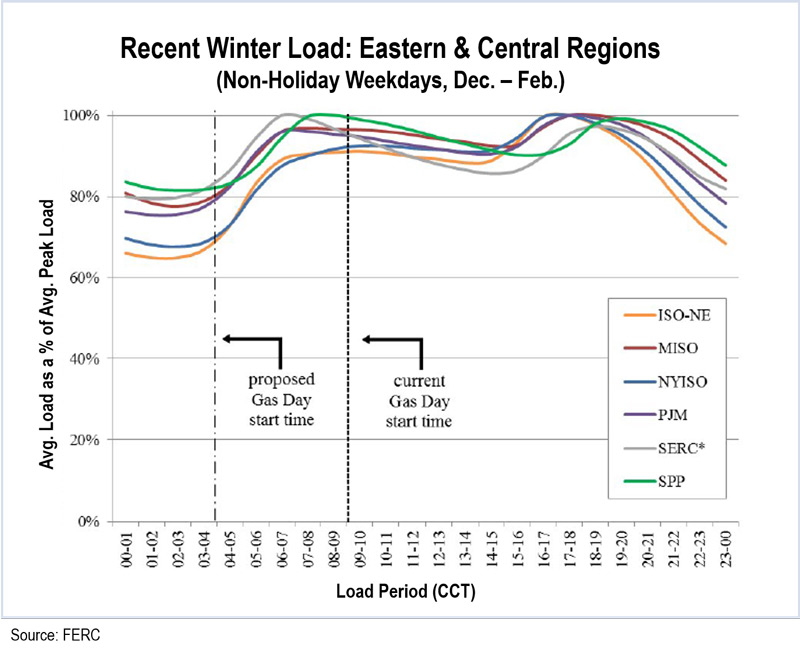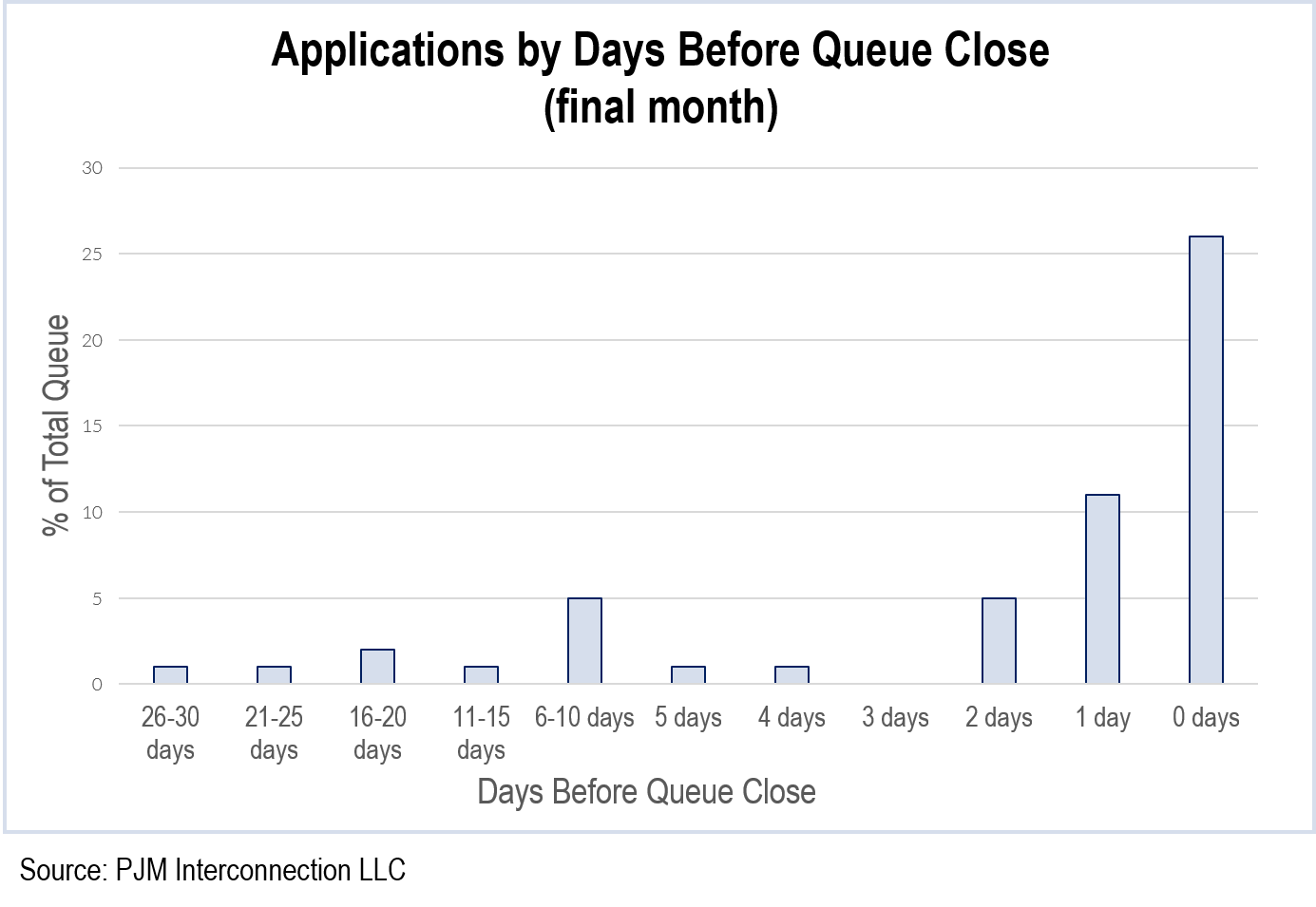ISO-NE generators asked federal regulators to change market rules ahead of February’s capacity auction while state officials complained consumers face excessive costs because of unrealistic load forecasts. In all, the ISO’s load and supply interests opened three capacity market dockets at the Federal Energy Regulatory Commission in the last two weeks. (See related story, States, NEPOOL: ISO-NE Overestimating Capacity Needs.)
By William Opalka
Exelon, Calpine: ISO-NE New Entry Rule Suppresses Prices
Exelon and Calpine want FERC to change a pricing rule in the forward capacity market (FCM) in New England that FERC has previously rejected in PJM.
The companies are seeking a ruling by Jan. 23, before ISO-NE’s Forward Capacity Auction (FCA) for the 2018/19 capacity commitment period begins Feb. 2.
The New Entry Pricing Rule in the ISO-NE Tariff gives the sponsor of a new resource the option of locking in the price at which the resource first clears in an FCA for up to six subsequent delivery years.
In a complaint filed Nov. 28 (EL15-23), the companies said the rule suppresses prices for other capacity providers because it results in new resources entering the equivalent of zero-price offers in the six additional years.
FERC had rejected a similar rule in PJM but noted that PJM uses a downward-sloped demand curve in its capacity market.
“That distinction is no longer valid as ISO-NE has adopted a downward-sloping demand curve beginning with the FCA for the 2018/2019 capacity commitment period,” the companies said. “As a result, the PJM precedent is now indisputably applicable to ISO-NE’s FCM rules.”
They said they are not trying to eliminate the rule but asked the commission to “remedy the impacts of the resulting price suppression.” Such a remedy could “entail additional payments” to other capacity suppliers, they said.
The New Entry Pricing Rule was intended to provide predictable revenues for new capacity. Earlier this year, the maximum lock-in period was extended from five to seven years, which FERC had acknowledged could result in lower market clearing prices.
The companies supported their complaint with an affidavit from Michael M. Schnitzer, a director of the NorthBridge Group, who said the zero-price offer requirement will significantly suppress FCM clearing prices, hurting both existing resources and new ones.
“Remedying this price suppression is even more vital in this case than it was in PJM’s case, because locked-in pricing is more widely available and the potential lock-in period is more than twice as long under ISO-NE’s New Entry Pricing Rule than under PJM’s [New Entry Price Adjustment] mechanism,” the companies added.
New England Gens: Cut Rebate Payments
Meanwhile, the New England Power Generators Association wants ISO-NE to immediately roll back the Peak Energy Rent Adjustment, saying recent policy changes eliminate the need for it and that its existence threatens reliability.
The group representing the owners of 26,000 MW of generation in New England filed a complaint (EL15-25) with FERC on Dec. 3. They seek to have ISO-NE modify the PER for Capacity Commitment Periods 5 through 8 — from now until early 2018 — and then eliminate it altogether for FCA 9. The auction covers delivery year 2018/19, when the ISO will implement its pay-for-performance program, which will tie capacity revenues to real-time performance.
“The current PER Adjustment, which obligates capacity suppliers to rebate a portion of their capacity revenues based on real-time energy prices, is unjust and unreasonable in light of the increases in the Reserve Constraint Penalty Factors (RCPFs) in ISO-NE’s energy market directed by the commission earlier this year,” the association said.
NEPGA requests a refund-effective date of Dec. 3, the effective date of the previously accepted increase in the RCPFs.
The new RCPFs could substantially increase real-time energy prices and, by extension, the PER Adjustment.
NEPGA says the PER Strike Price, which determines the magnitude of the PER Adjustment, should be increased by $250/MWh, as proposed recently by ISO-NE in its stakeholder process in response to the change in RCPFs.
The proposal fell short of the 60% support ISO-NE said it would require to seek FERC approval. The proposal won almost 58% support at the Markets Committee and a 47% vote in favor at the New England Power Pool Participants Committee.
The PER Adjustment was designed in part to discourage the exercise of market power through withholding and to provide a hedge to load against high real-time prices. NEPGA says any benefits now are outweighed by its likely cost.





